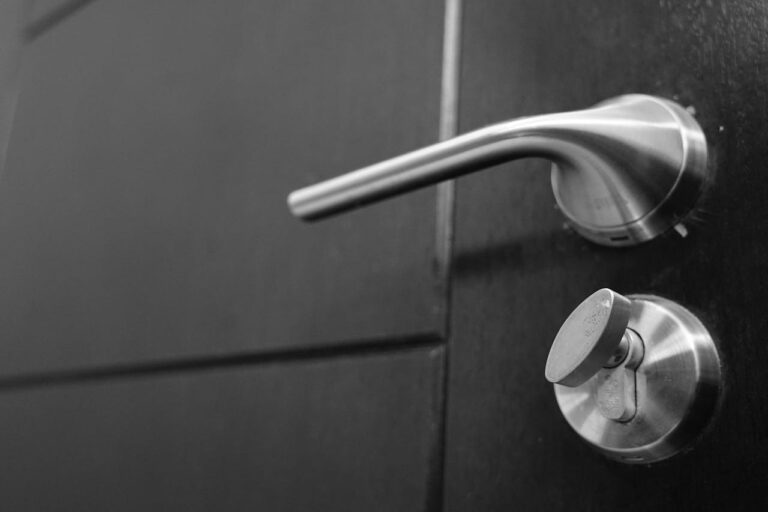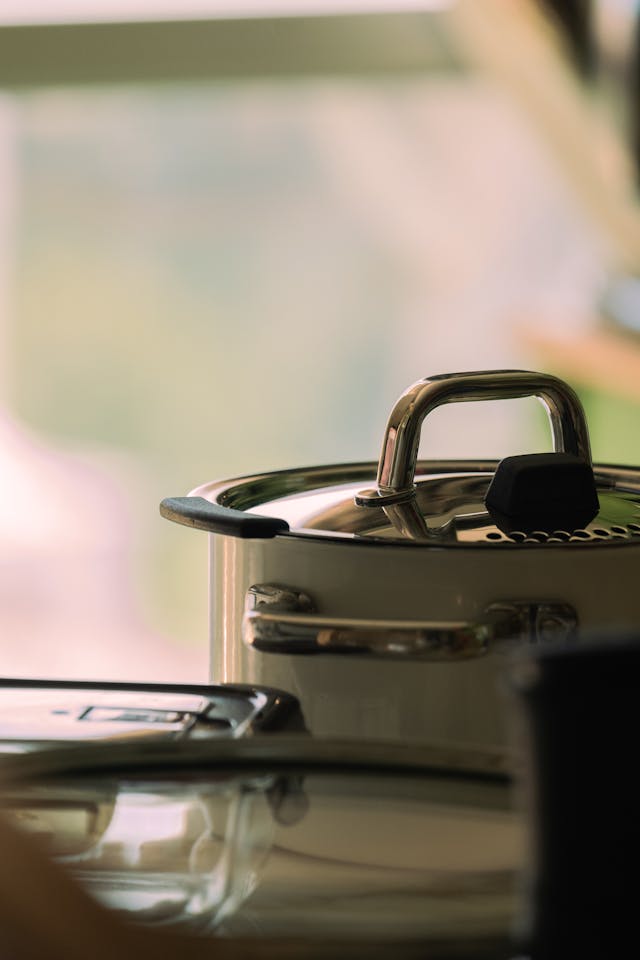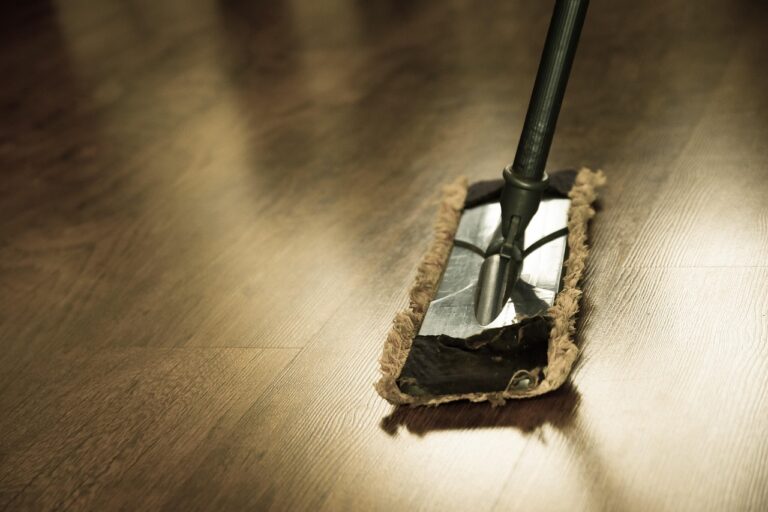Kitchen counters need regular cleaning to stay hygienic and looking good. But figuring out the right frequency can feel unclear. Here’s what you need to know to keep things clean without overdoing it.

Why Counter Cleaning Frequency Actually Matters
Kitchen counters collect more than visible messes. Bacteria from food, moisture from dish drying, and everyday hand contact create a buildup that affects both hygiene and how your space looks.
Different activities leave different levels of contamination behind. A quick snack might leave crumbs, while raw meat prep requires immediate attention.
1. Daily Wipe-Downs Keep Things Baseline Clean
At minimum, wipe your counters once daily. This handles the accumulation of dust, light spills, and general contact from hands and objects throughout the day.
An evening wipe-down works well for most schedules. It clears the slate before the next morning’s breakfast rush. You can use a damp microfiber cloth with a bit of dish soap or an all-purpose cleaner.
This daily habit prevents buildup from turning into stubborn grime. It takes about two minutes and keeps surfaces looking fresh.
2. After Meal Prep Means Immediately After
Food preparation demands immediate cleaning, especially with raw ingredients. Raw meat, poultry, fish, and eggs can transfer harmful bacteria to your countertop surface.
Wipe down counters as soon as you finish cooking. Don’t wait until after dinner or “later tonight.” The longer bacteria sit, the more they multiply.
Use hot soapy water or a disinfecting cleaner rated for kitchen use. Pay attention to spots where raw food touched the surface, even if they look clean.
3. High-Traffic Areas Need More Attention
Some counter zones get used constantly. The space next to your sink, the coffee station corner, or wherever you set down grocery bags sees more action than other spots.
These areas might need a quick wipe two or three times daily. It depends on how you use your kitchen and how many people share the space.
Check these zones during your usual kitchen visits. A quick swipe with a cleaning wipe takes seconds and prevents sticky buildup from forming.
4. Porous Materials Require Extra Care
Granite, marble, and butcher block counters need special consideration. These materials can absorb liquids and stains if spills sit too long.
Wipe these surfaces promptly when anything spills. Water rings, citrus juice, and oil can all cause damage or discoloration over time.
Use cleaners designed for your specific counter material. Avoid acidic cleaners on natural stone and stick to pH-neutral options instead.
5. Families With Young Kids May Need More Frequent Cleaning
Households with small children often face more frequent messes. Snack time, play activities, and little hands exploring everything mean counters get dirty faster.
Consider wiping down surfaces after each major activity rather than waiting for end-of-day cleaning. This prevents sticky residue from hardening and makes cleanup easier overall.
Keep cleaning supplies accessible but safe. A spray bottle and cloth stored within reach makes quick cleanups more likely to happen.
6. Post-Grocery Shopping Deserves a Quick Clean
Grocery bags pick up dirt from store floors, parking lots, and car trunks. Setting them directly on counters transfers that grime to your food prep space.
Designate a landing spot that isn’t your main counter, or place bags on a towel you can wash afterward. If bags do touch counters, wipe the area once you finish unpacking.
This small habit reduces outside contaminants in your cooking area.
7. Visible Crumbs and Spills Get Handled Immediately
Some messes shouldn’t wait for scheduled cleaning. Spilled juice, scattered flour, or dropped food needs attention right away.
Crumbs attract pests if left sitting. Liquid spills can stain certain surfaces or drip onto floors and create slip hazards.
Keep a roll of paper towels or reusable cleaning cloths nearby for quick spot cleaning. The faster you address these messes, the less scrubbing you’ll do later.
8. Deep Cleaning Happens Weekly
Daily wipes handle surface-level cleaning, but weekly deep cleaning tackles what routine maintenance misses. This includes moving appliances, cleaning behind the coffee maker, and getting into corners.
Use a proper disinfectant for this deeper clean. Let it sit for the recommended contact time on the label to kill bacteria.
This weekly session also gives you a chance to check for any buildup, stains, or damage that needs attention. It keeps your counters in better condition long-term.
What to Skip When Cleaning Counters
Avoid using abrasive scrubbers on most counter materials. Steel wool, harsh scouring pads, and rough brushes can scratch surfaces and create tiny grooves where bacteria hide.
Don’t mix cleaning products together. Combining different cleaners can create dangerous fumes or reduce effectiveness. Stick to one product at a time.
Skip bleach on colored grout or unsealed natural stone. It can cause discoloration and damage. Check your counter material’s care instructions before using strong chemicals.
Don’t forget to clean your cleaning tools themselves. Dirty sponges and cloths spread bacteria instead of removing it. Replace or sanitize them regularly.
Keep Your Kitchen Counters Working for You
The right cleaning frequency depends on how you use your kitchen. Daily maintenance combined with immediate attention to food prep keeps most counters in good shape. High-traffic zones and households with young kids might need more frequent touch-ups, while quieter kitchens can stick to a simpler routine.
Pay attention to what your specific counter material needs and adjust your products accordingly. The goal isn’t perfection—it’s a clean, functional space that supports your daily routine. Start with these guidelines and adapt based on what works for your household.





